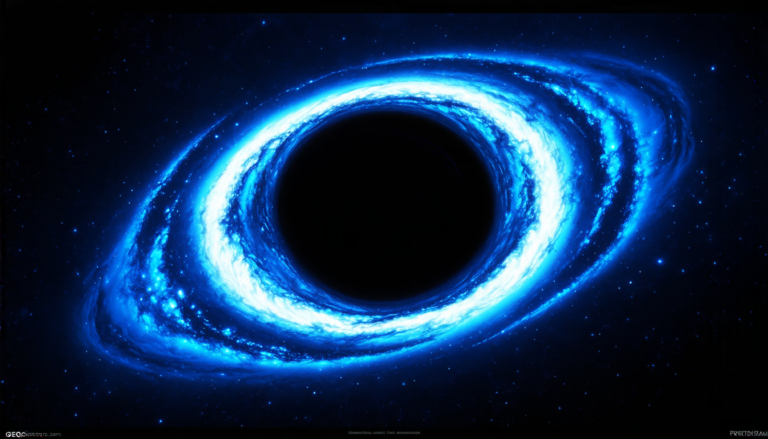Sunday 06 April 2025
The quest for a new era of quantum computing has taken a significant step forward with the discovery of a surprising connection between two seemingly unrelated fields: topological quantum field theory and computational complexity.
Researchers have long been fascinated by the potential of topological quantum computers to solve complex problems that are intractable using classical machines. These devices use exotic particles called anyons, which can exist in multiple states at once, to perform calculations. However, the development of a practical quantum computer has been hindered by the lack of a clear understanding of how these anyons behave.
Meanwhile, computational complexity theorists have been grappling with the problem of determining the difficulty of solving certain mathematical problems. They have identified a class of problems known as #P-hard, which are intractable using classical computers and are thought to require exponential time to solve.
In a surprising twist, researchers have now discovered that the quantum invariants of 3-manifolds – a fundamental concept in topological quantum field theory – are equivalent to certain #P-hard problems. This connection has far-reaching implications for our understanding of the computational complexity of quantum computers and the potential applications of these devices.
The discovery was made by analyzing the properties of spherical fusion categories, which are used to describe the anyons that arise in topological quantum field theory. By studying the behavior of these categories under certain mathematical operations, researchers were able to identify a set of constraints that must be satisfied for the quantum invariants to be computable.
These constraints turned out to be equivalent to the conditions required for the #P-hard problems to be solvable using classical computers. This revelation has significant implications for our understanding of the computational complexity of quantum computers and the potential applications of these devices.
The connection between topological quantum field theory and computational complexity also opens up new avenues for research in both fields. Researchers can now explore the properties of spherical fusion categories in greater detail, potentially leading to a deeper understanding of the behavior of anyons and the development of more powerful quantum computers.
In addition, the discovery has implications for our understanding of the limits of classical computation. It suggests that certain problems may be inherently difficult or impossible to solve using classical machines, even with an exponential amount of time.
The potential applications of this research are vast and varied. Quantum computers have the potential to revolutionize fields such as cryptography, optimization, and machine learning, among others.
Cite this article: “Cracking the Code of Quantum Complexity: New Breakthrough in Topological Quantum Computing”, The Science Archive, 2025.
Quantum Computing, Topological Quantum Field Theory, Computational Complexity, Anyons, 3-Manifolds, #P-Hard Problems, Spherical Fusion Categories, Classical Computation, Cryptography, Optimization, Machine Learning.







